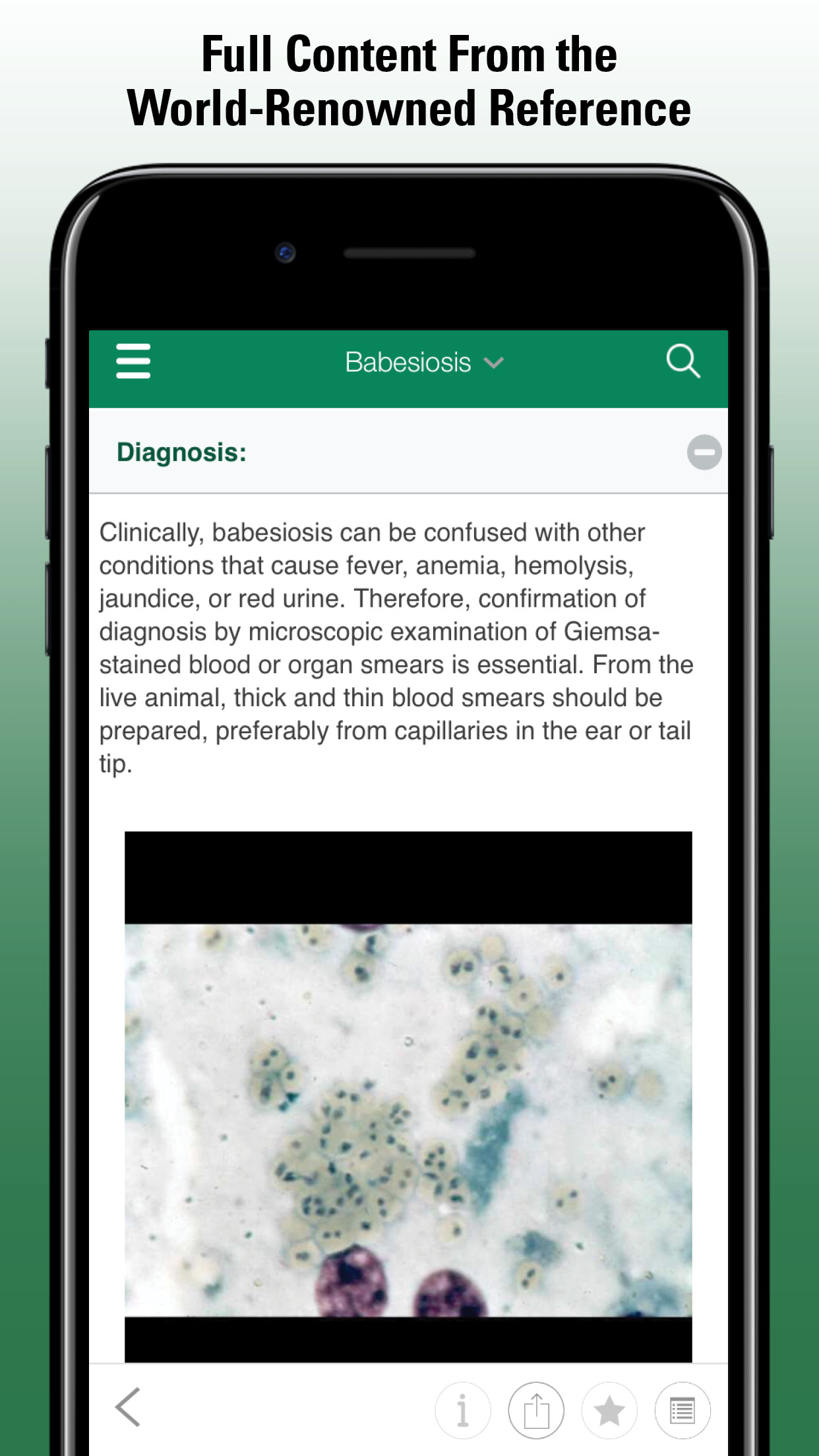Sand Flies
- Flies
- Overview of Flies
- Dipterans with Biting Mouthparts
- Black Flies
- Sand Flies
- Biting Midges
- Mosquitoes
- Horse Flies and Deer Flies
- Stable Flies
- Horn Flies
- Buffalo Flies
- Tsetse Flies
- Sheep Keds
- Spider Flies/New Forest Flies
- Hippoboscid or Louse Flies
- Dipterans with Nonbiting Mouthparts
- Face Flies
- Head Flies
- Filth-breeding Flies
- Eye Gnats
- Dipterans that Produce Myiasis
- Facultative Myiasis-producing Flies
- Obligatory Myiasis-producing Flies
- Pseudomyiasis
The phlebotomine sand flies, Phlebotomus spp (Old World sand flies) and Lutzomyia spp (New World sand flies), are members of the family Psychodidae. These flies are confined primarily to the tropical and subtropical regions of the world. Members of these genera are tiny, moth-like flies, ~1.5–4 mm long. The legs are as long as the antennae, comprising 16 segments that often have a beaded, hairy appearance. They are commonly known as sand flies, moth flies, or owl midges. The key morphologic feature for identification is that the body of the sand fly is covered with fine hairs. The females have piercing mouthparts and feed on blood of a variety of warm-blooded animals, including people. Many species feed on reptiles. Male sand flies suck moisture from any available source and are even said to suck perspiration from people. Sand flies tend to be active only at night and are weak fliers; their flying is deterred by air currents, even slight ones. During the day, sand flies seek protection in crevices and caves, among vegetation, and within dark buildings. They often seek protection within rodent and armadillo burrows; these mammals can serve as reservoir hosts for Leishmania spp. Sand flies breed in dark, humid environments that have a supply of organic matter that serves as food for the larvae. They do not breed in aquatic environments.
Pathology:
These tiny flies serve as an intermediate host for Leishmania spp, a protozoan parasite that infects the reticuloendothelial cells of capillaries, the spleen, and other organs but may be seen in monocytes, polymorphonuclear leukocytes, and macrophages of people, dogs, cats, horses, and sheep (see Leishmaniosis).
Diagnosis:
Treatment and Control:
Insecticide spraying of larval habitat is usually not possible because of the difficulty of accessing breeding sites. Removal of dense vegetation discourages breeding. Spraying of residual insecticides on surfaces in the home is the main way to control sand flies; however, this is ineffective for species that bite away from the home. In general, populations of sand flies have been reduced as a result of intense mosquito control programs. Deltamethrin-impregnated collars may be recommended to dog owners to protect their pets from sand fly bites.
- Flies
- Overview of Flies
- Dipterans with Biting Mouthparts
- Black Flies
- Sand Flies
- Biting Midges
- Mosquitoes
- Horse Flies and Deer Flies
- Stable Flies
- Horn Flies
- Buffalo Flies
- Tsetse Flies
- Sheep Keds
- Spider Flies/New Forest Flies
- Hippoboscid or Louse Flies
- Dipterans with Nonbiting Mouthparts
- Face Flies
- Head Flies
- Filth-breeding Flies
- Eye Gnats
- Dipterans that Produce Myiasis
- Facultative Myiasis-producing Flies
- Obligatory Myiasis-producing Flies
- Pseudomyiasis




